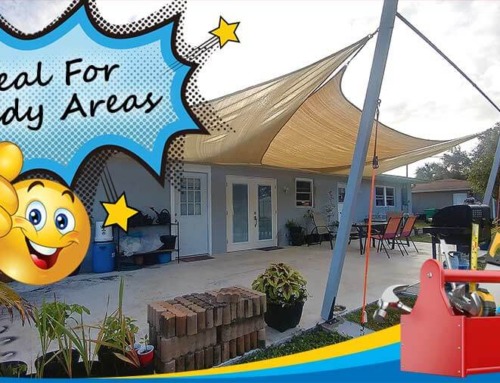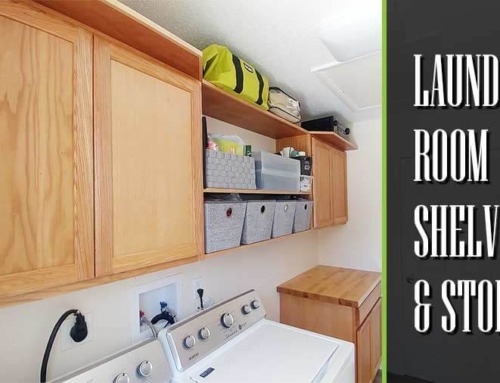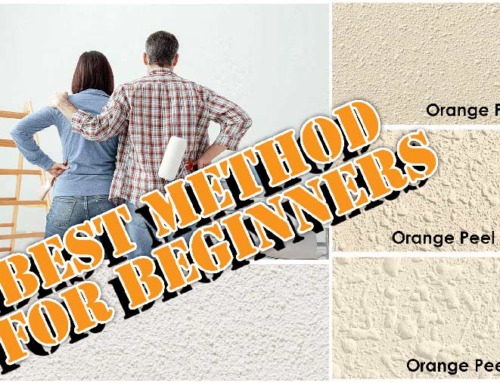Welcome to the Cuban Redneck DIY website, where this week’s project is a wood planter box for my new cactus plant. My wife and I have had cactus plants in the past! I don’t think that a lot of people know that cactus plants have some lovely flowers. Besides, if you don’t have a green thumb, you can’t go wrong with a cactus. They barely need water or any special care, just plenty of sun.
This all started when our neighbor trimmed her cactus and gave us a branch. She told us, and we were able to verify online, to set it aside, and in five to six weeks, it will start to grow roots. For weeks we monitor this thing and nothing! And one day, as I was cleaning up the garage some five or six months later, I was going to through it out. Well, what do you know! The cactus is growing roots!
This triggered an immediate search for something to plant it in! I had an idea in mind, and I knew I did not want one of those fake terracotta Walmart specials! I wanted some rustic, preferably made out of wood. More often than not, you find this when you search for a wood planter box. Sure enough, when online, WayFair.Com did not disappoint with their selection of $300 and $400 wood planter boxes. I even checked on Home Depot’s and Lowe’s websites, and most of the nice ones are anywhere from $100 to $200.00. While there, I also look raw materials, and given the discrepancy in prices, I decided to make my own DIY wood planter box.
Making a DIY Wood Planter Box
Building a wood planter box is a lot easier than you think. In reality, what I am making is nothing more than a wood cover or dress for a plastic bucket! I started with a 5-gallon square bucket I purchase at Lowe’s. I chose the square bucket because I figured it would be the easiest for somebody who is just getting into woodworking. And although I used my miter saw and the General International TS 4001 contractor saw, you can efficiently complete this DIY project with just a jigsaw.
I chose some of the fence wood I had leftover from my wood American flag project as a building material not only because I had it but because it is readily available, cheap, and proven to last many years outdoors. The first step is to make an apron for the bucket’s base about an inch and a half wide. These buckets are tapper at the bottom. So I made a ring of wood around the base to ease the tapper’s angle and give me something to attach the side panels to. We then need to cut eight pieces the height of the bucket that will make up the wood pot planter’s outer perimeter. Even though we added an apron or ring around the base, there’s still a little bit of tapering. That means that two of the edges will require trimming. I installed two of the opposite faces, then muck up, measured, and traced what needed to be cut for all four sides to fit correctly. After fastening it in place, we need to turn our focus to the corners. Even if you get your cut perfect, there will be an undesirable gap in the corners because of the taper.
The best way to address this is with a corner molding that will serve as legs to lift the wood planter about an inch from the ground. To make this, I took the one piece I had leftover of fence wood and cut two pieces about an inch longer than the bucket. Those two pieces got ripped at about two and a half inches. You will have to cut an angle to match the taper on these pieces as well. The deviation is about 1-inch from top to bottom or about 12-degrees. With the four corners done, it looks like the wood plater needed a touch of color. This is part is 100% optional, but I think it made a huge difference. I used some Walmart acrylic paint in an olive green color and added about 75% alcohol to create a stain. I stained the four corners, and they look great.
The only thing to do is the top apron or lip. These are just straight pieces miter cut to 45-degrees. The installation of both the top lip and corners was done using liquid nails and brad nails. When it was all said and done, the wood pot planter looks very good and a lot more expensive than the $12 I spend on it! This wood plater DIY project is not only a money-saver but one that will help you improve your woodworking skills.
This is JC, with the Cuban Redneck DIY Channel. I want to thank you for stopping by and look forward to having you as a subscriber, and I’ll see you on my next video!





